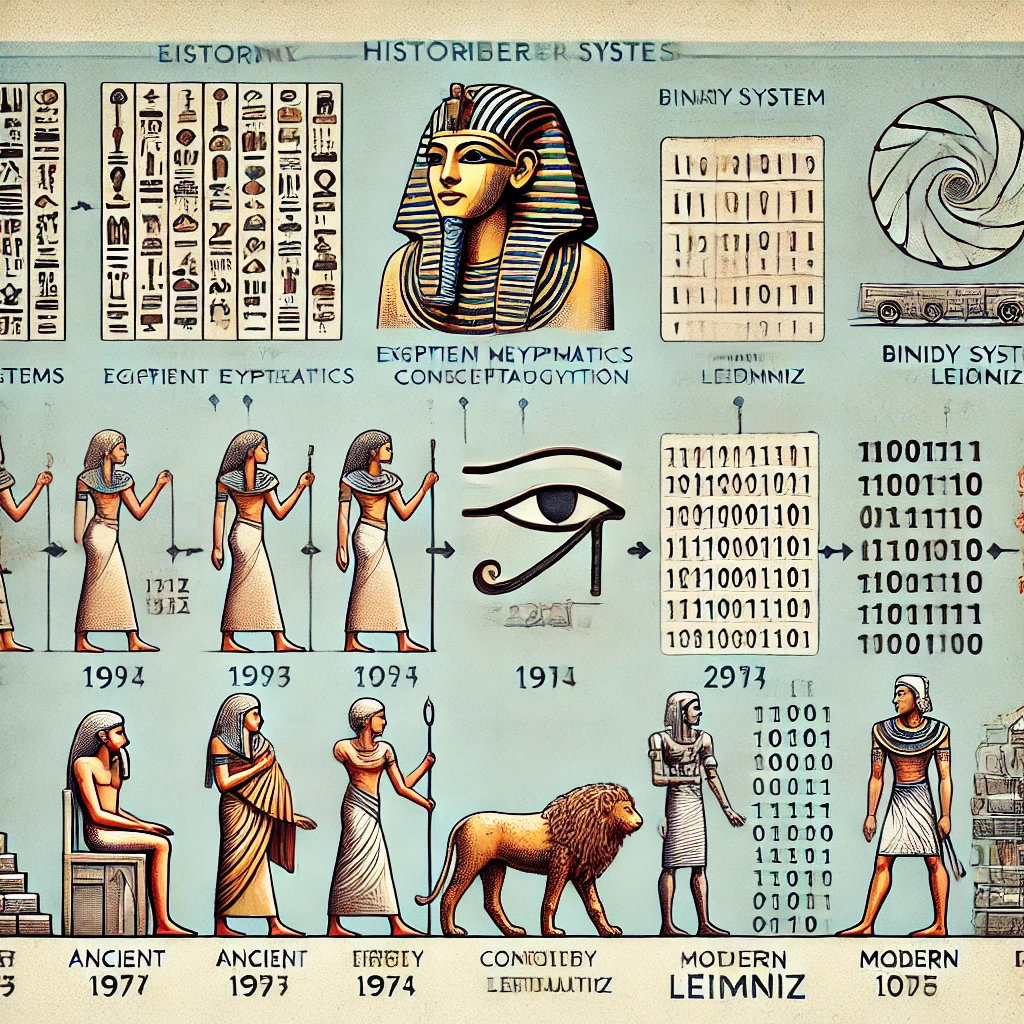
Navigating Recent Changes to ADA Title II and Section 508
Title II of the ADA and Section 508
Our world is increasingly becoming digital, hence the need for all people to have equal access to information and services. The Americans with Disabilities Act was passed in 1990 to prohibit discrimination based on disability and ensure that physical and online spaces are accessible to everyone. In this sense, therefore, Title II of the ADA guarantees that public entities do not practice any discrimination against members of the public, including state and local governments. To improve the effectiveness of Title II, Section 508 of the Rehabilitation Act of 1973 specifically focuses on electronic and information technology that will be accessible to federal agencies. Recently implemented significant modifications to Title II and Section 508 We clearly declare that public entities are obliged to work with the evolution of the times and digital accessibility. They are not mere administrative editions; these are huge advances in making our digital areas more inclusive.
ADA Title II Overview
Title II of the ADA requires public entities, such as state and local governments, not to discriminate against qualified individuals with disabilities, including by making programs, services, and activities accessible. Most important is the overlap of Title II in this digital age, where electronic and information technologies play an essential role in delivering public services. Section 508 requires federal agencies to make the digital content they produce accessible, an idea that aligns with Title II's spirit.
Recent changes to Title II and Section 508 and their impact
Recent Title II and Section 508 changes represent an increased understanding of the need for digital accessibility. The changes introduced additional requirements by public entities, emphasizing accessible websites, digital documents, and other Internet-based services. The other significant change is greater recognition of the role of emerging technologies in enabling compliance. For example, AI-based tools and machine translation services can help public entities meet accessibility standards more effectively. These changes should ensure that digital services are equally available to everyone, including people with disabilities, and extend beyond websites to other public entities. Mobile applications, social networks, and other digital tools.
Challenges and Opportunities for Public Entities
For public entities, the new regulations are generally burdensome, even more so for smaller entities that do not have the resources and experience necessary to comply with the updated standards. However, the changes also provide the opportunity to continue service delivery in an improved way to ensure that each community member receives the same service. Compliance can be successful when carried out through proactive planning and the adoption of best practices. Public entities can benefit from partnering with accessibility experts for advice and using streamlined compliance tools.
Effects on technology and digital content
These changes mean more than compliance; They challenge public bodies to reconsider how they design and deliver digital content. While digital services are no longer accessible by design, accessible design remains part of digital service delivery. In this sense, technology plays a very important role, especially artificial intelligence and machine learning. With the help of these two technologies, accessibility issues can be identified and corrected so that digital content meets the required standards. Establishing best practices for compliance would be to conduct accessibility audits periodically, ensure that accessibility is built from the ground up during design processes, and educate employees about the importance of creating accessible digital platforms.
Case Studies: Accessibility Success Stories
Success Stories: Many public entities have already gone through similar regulatory changes. A good example would be the city of Los Angeles: it implemented a important accessibility initiative to meet its digital footprint and train all staff whose job function requires them to publish content on the Internet. Their experience highlights the importance of leadership commitment, resource allocation, and sustained education to achieve compliance. These case studies can potentially provide invaluable lessons for other public entities facing similar situations. By learning from these examples, organizations will be able to implement these changes that have occurred in recent years more appropriately and ensure that their services are accessible to all.
Conclusion
The recent changes to Title II of the ADA and Section 508 bring enormous advances in promoting digital accessibility. Public entities should view these amendments not as an obstacle but as an opportunity to provide more streamlined services to all community members. The guidelines help public entities make their online spaces welcoming, inclusive, and accessible to anyone in the easiest way possible to ensure that all community members have equal opportunities for information and services.



